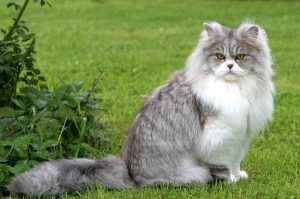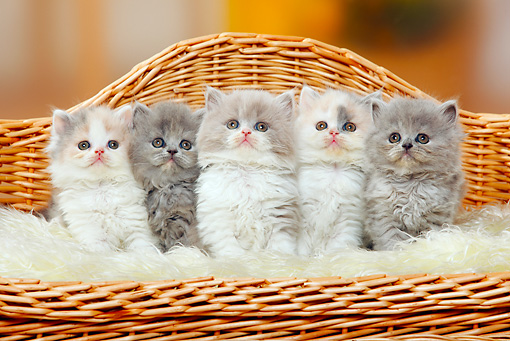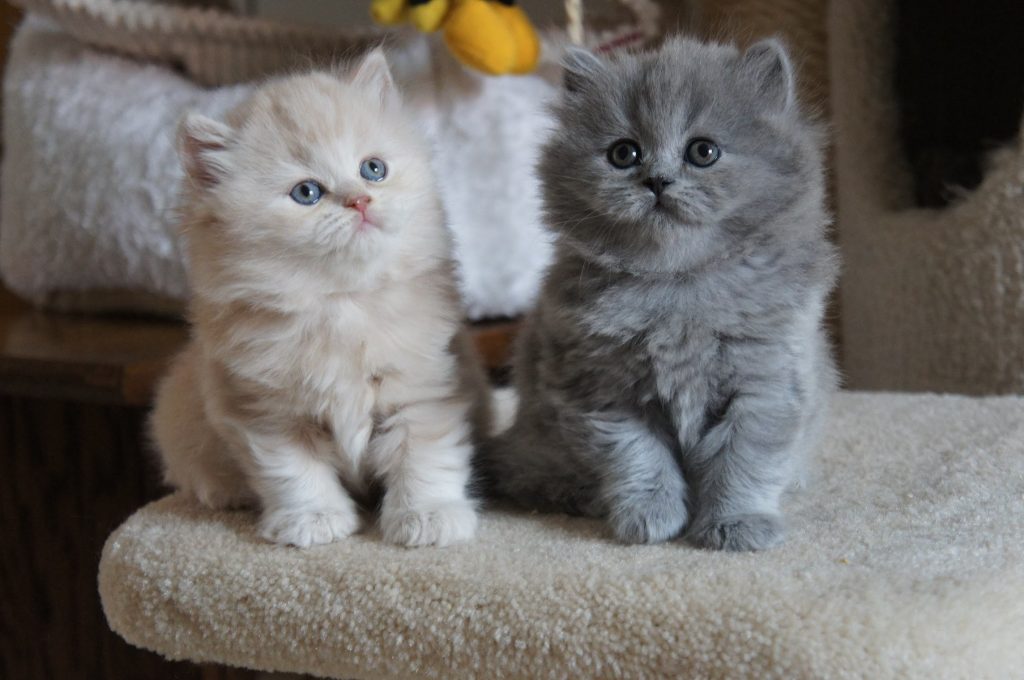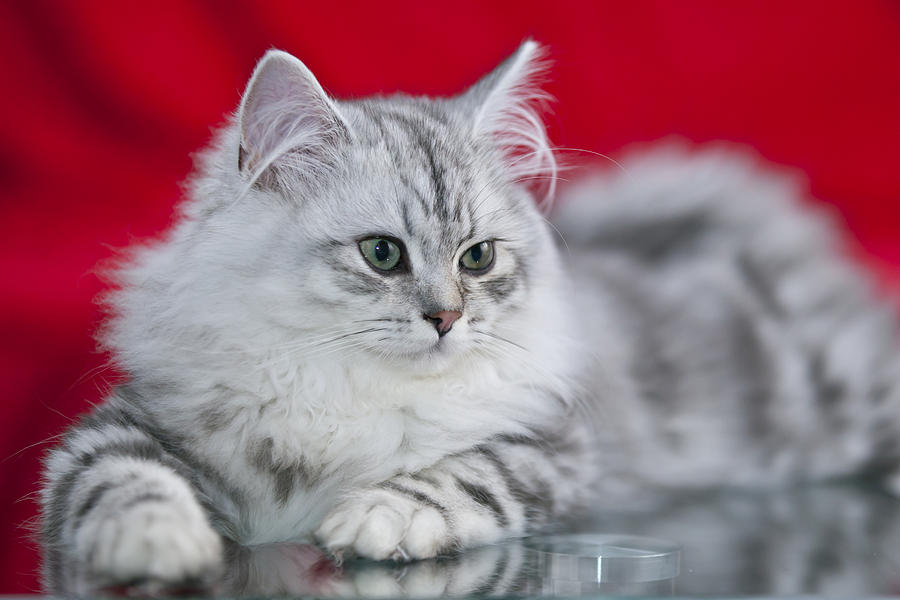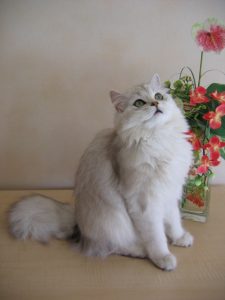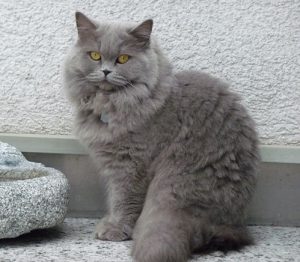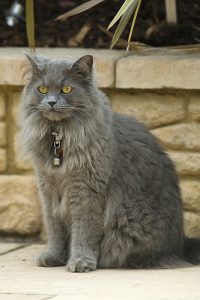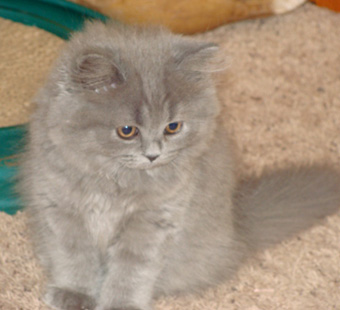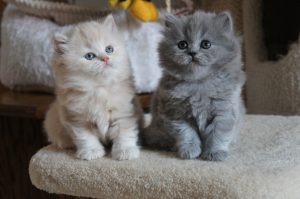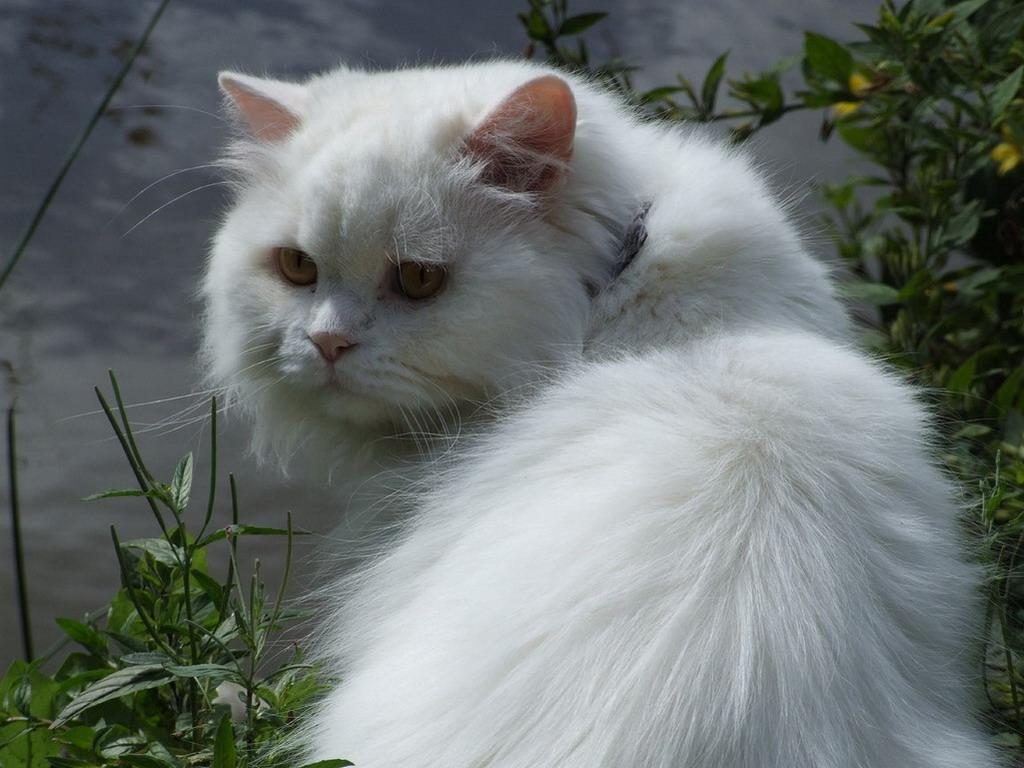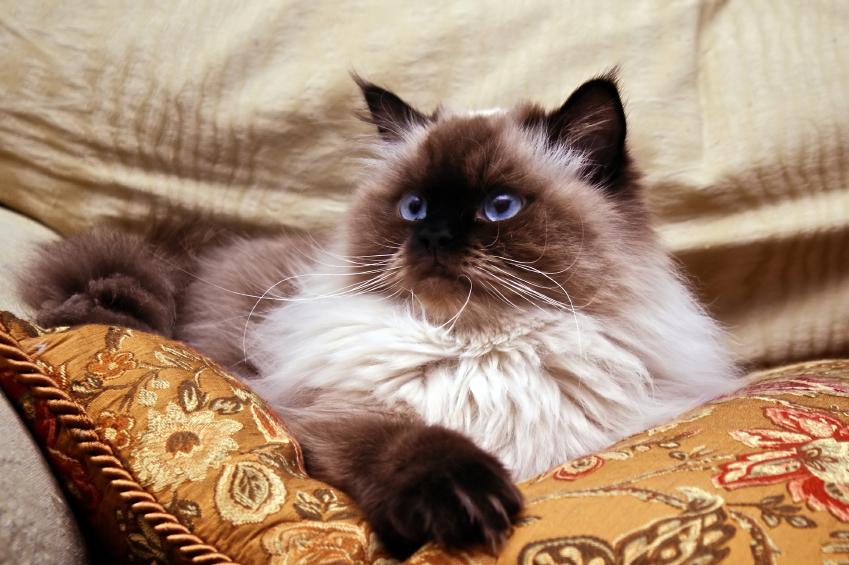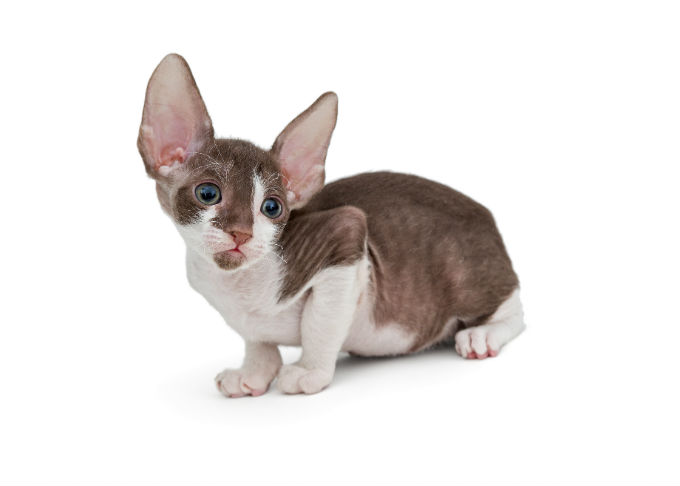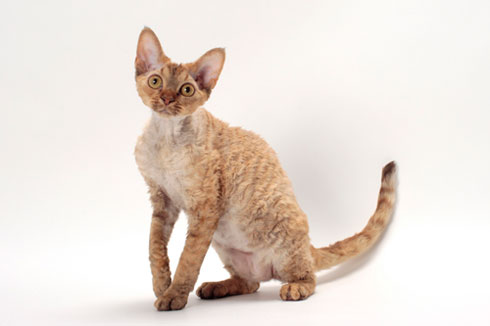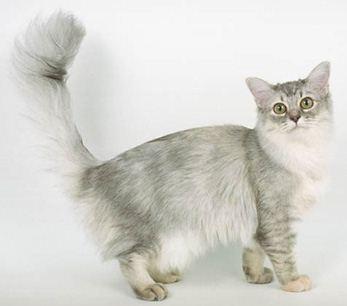The British Longhair, a domestic cat breed resembling the British Shorthair, is characterized by its long-haired lustrous coat. This medium-sized cat has a compact build with a broad, round head, bright circular eyes, short widely-spaced ears, a deep chest, thick muscular neck, short but strong legs, and a thick plush tail.
Quick Information
Physical Appearance & Size
| Weight: | 9-18 lbs |
| Height: | 12-14 inches |
Colors & Patterns
| Coat Type: | Long, dense, plush |
| Color: | Cinnamon, fawn, chocolate, blue, lilac, cream, red, black, white |
| Coat Pattern: | Tabby, color pointed, tipped, self, smoke, tortoiseshell, bicolor |
Other Characteristics
| Other Names: | Lowlander, Britannica |
| Group of Breed: | Domestic |
| Lifespan (Life Expectancy): | 12-15 years |
| Personality Traits: | Intelligent, loyal, affectionate, quiet |
| Shedding: | Constant |
| Good with Children: | Yes with those who are gentle and respectful to cats |
| Vocalization: | Low |
| Hypoallergenic: | No |
| Country of Origin: | Great Britain |
| Competitive Registration/Qualification Information: | TICA, FFE |
History and Origin
During the early 20th century, the British longhair cat was created by crossing the British shorthairs with the long-haired Persians, Russian Blues, and other domestic shorthairs. This was done to restore the British shorthair bloodlines that were reduced considerably due to the effects of both WW1 and WW2. The effort made the short-hair variety popular, and it acquired the TICA championship status in 1979. Although the long-haired kittens were produced in litters, it was not recognized as a breed. However, the British Longhair was eventually accepted as a breed, which gained the TICA championship status in 2009.
Temperament and Personality
This affectionate, friendly, and pleasant-natured breed likes to capture everybody’s attention in a simple and undemanding way. Although they do not make good lap cats, these loyal companions are often seen snuggling up beside their owners, watching them in action, and following them around the house.
These longhaired cats get along well with other pets in the family as well as children, but do not enjoy being carried around. They are quite happy to stroll around on their feet. They can remain calm and happy even when left alone for a long time. They enjoy their own company, often seen amusing themselves in the absence of their owners.
Care
These easy-to-groom cats should be brushed every week to prevent matting and to remove dead hairs. Since their coat thickens during the winter, they should receive a daily combing. Introducing the kittens to basic coat care like occasional baths, as also to claw trimming, ear cleaning, and regular tooth care, is a good way to get them used to the routines.
Not known to be an active breed, the British longhairs should be encouraged to play and exercise. You can give them a lot of interesting things like a cat tree, a toy mouse, and some teaser toys to keep them entertained. You can use a laser pen as a provoking or teasing tool in order to make them run and chase, providing the workout they need.
Being a hardy breed, it does not usually suffer from serious cat ailments and diseases. However, they are prone to obesity due to their sedentary, indoor life. If left uncontrolled, obesity can cause hepatic lipidosis, arthritis, and diabetes. Few health conditions like HCM, PKD, and thickening of the heart tissue are occasionally observed in some of these cats.
Training
Their cleverness and social behavior makes them easily trainable. Training these cats to fetch as well as obey commands early in their life helps in developing their behavioral characteristics in the right way.
Feeding
You should take good care of your cat’s diet since longhairs are prone to overeating, which might cause them to gain weight. Provide your pet with a quality dry kibble and supplement it with the occasional treats or snacks. Divide your pet’s food into 2-3 meals each day, the recommended amount being 70 cal of food per kg of its weight. Apart from providing milk occasionally, be sure to encourage your pet to drink plenty of water.
Interesting Facts
- The male longhairs are fairly laid back and cheerful, while the females are more serious than the males.
- Although the kittens are naturally playful, they become lazy once they grow up.

